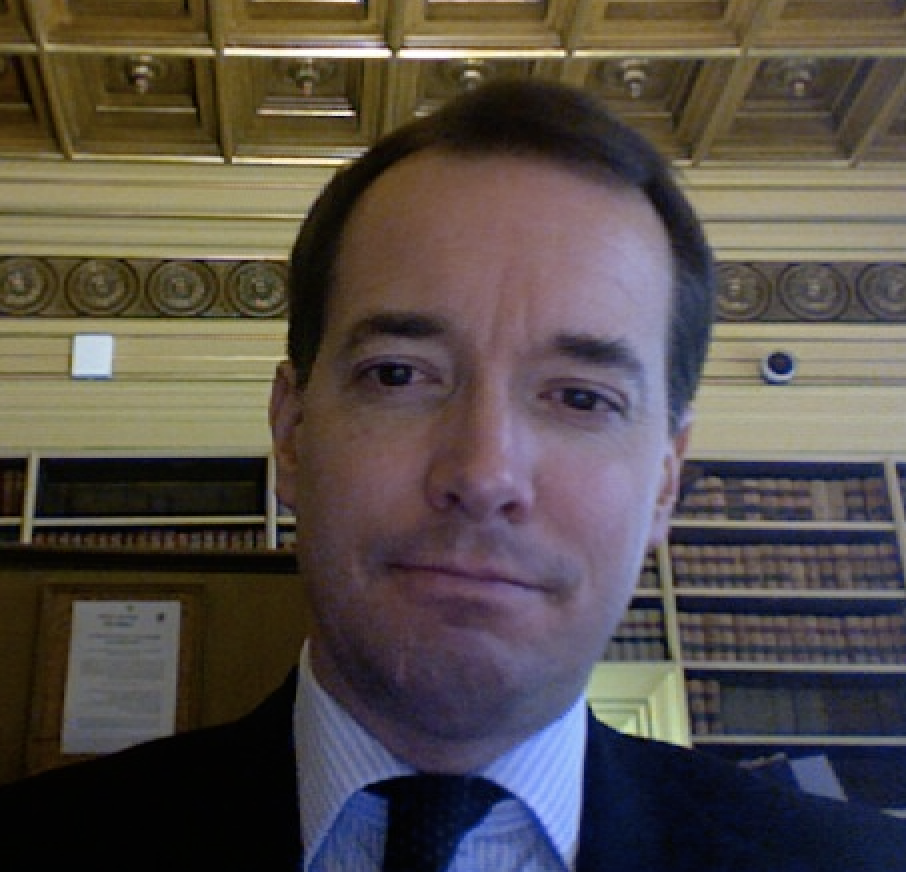Michael Upton: Communications Code conundrums (or is that conundra?)

Michael Upton
A new Electronic Communications Code judgment is another wolf placed among the yearling sheep as far as mobile phone operators are concerned, writes Michael Upton.
The Digital Economy Act 2017 amended the Communications Act 2003, so that from the end of 2017 the new Electronic Communications Code replaced the old 1984 Telecommunications Code. After two and a half years, the new Code is producing a steady flow of decisions, casting light on its meaning. Or perhaps that should read, casting obscurity – if obscurity can be cast.
The Code allows Ofcom-recognised telecoms operators to serve notice on land-owners and occupiers, requesting rights to install communications apparatus on property – and, failing agreement, to apply for compulsory rights over a site. In England, application is to the Upper Tribunal; here, to the Lands Tribunal. Where the Tribunal grants an operator’s application, it may do so by imposing a deemed agreement on the land-owner – or another person with prior rights in the land, such as a tenant – but for shorthand let us speak of land-owners. A Code agreement can be a lease, wayleave or licence – again for shorthand let us here talk of leases.
Leases may be made for new apparatus on completely new sites. The creation of the planned 5G network will require new sites, and make the Code’s provisions for such cases more important. So far, however, the new Code has been litigated mostly about sites on which there has already been apparatus for years; e.g., under a previous lease, the original term of which has expired.
On the face of things, the Code provides two routes for the compulsory acquisition of rights by an operator. Part 4 provides the Tribunal with a power to impose a lease in favour of an operator, while Part 5 allows the Tribunal to vary an existing lease, or to terminate it and replace it with a new one.
The Court of Appeal’s and the Upper Tribunal’s decisions in CTIL v. Compton Beauchamp Estates [2019] EWCA Civ. 1755 and CTIL v. Ashloch [2019] UKUT 338 (L.C.) have decided in effect this: that a Part 4 application has to be directed against the current occupier of the land – and that where the applicant operator is already in occupation, that means that it cannot use Part 4. That is partly because that could lead to the absurdities of its having to raise proceedings against itself, or granting itself a new lease so as to spare itself to the need to sue itself. Instead, Compton Beauchamp Estates and Ashloch tell us that in such a case, where there is an existing agreement, the operator’s route to a new (or improved) lease is to use Part 5.
Under Part 5, it can ask the Tribunal to terminate the existing agreement and replace it with a new one – on more satisfactory terms, if the exercise is to have any point – or, perhaps less radically, it can ask the Tribunal to vary the existing agreement, so as to tailor it better to current circumstances or needs.
That all sounds fairly straightforward. It makes sense – at least inasmuch as an operator who is already in occupation will commonly have the benefit of an existing agreement, be it only the historic lease running on tacit relocation, or the English analogues of tacit relocation. (The operator who is already in occupation without the benefit of any agreement, and who is purely what the land-owner might regard as a squatter, is a rarity, and in any event not directly our topic here.)
However, on 19 June the Upper Tribunal issued its decision in Arqiva Services Ltd v AP Wireless II (UK) Ltd [2020] UKUT 0195 (LC), about a Northamptonshire site, on Queen’s Oak Farm. The operator was already in occupation under an English equivalent of tacit relocation. Its title had been a written lease, but it had expired in 2016. Its continuing title was an implied tenancy at will, which looks to a Scots lawyer to be comparable with tacit relocation. In terms of the Code’s transitional provisions, if that implied tenancy was a “subsisting agreement” pre-dating the new Code, then Part 5 could be used – to terminate and replace it (or to vary it).
But “subsisting agreement” is defined by reference to the old 1984 Code, which required an agreement to be “in writing” (my emphasis). And so indeed does the new Code – so the issue at Queen’s Oak Farm would have been the same, whether the implied tenancy had started either before or after the new Code came into force. The short point is this: the Upper Tribunal held that an implied agreement is not an agreement “in writing”. Therefore Part 5’s provisions for terminating and replacing it, or even simply varying it, did not apply: the Tribunal had no jurisdiction.
The decision is well-reasoned. It does however pose the conundrum, that we now have three decisions which establish that, in the common case of an operator who is in situ following the expiry of a written lease and who would like new Code rights, neither Part 4 nor Part 5 are available to it.
True, there are some odds and scraps of alternative remedies which the case-law does not at least expressly exclude. The Code allows applications for temporary or interim rights, and our operator could use a cypher to make a Part 4 application – or remove from the site and make such an application itself as though for a ‘greenfield’ site – or apply for Part 4 rights over an adjacent bit of the same field or roof-top, with a view to moving its apparatus a few yards sideways. But the more straightforward route of seeking a new, permanent right for the same site, without a break in possession, appears to be blocked.
Or is it? It is reported that permission to appeal to the Supreme Court has been sought in Compton Beauchamp Estates. In the Queen’s Oak Farm case, the Upper Tribunal has already granted leave to appeal to the Court of Appeal. Watch this space.
But does it need to be this complicated? The basic purposes of the Code are to facilitate public communication, by granting operators a degree of security of tenure and by regulating rents. For the purpose of securing those benefits, directly for operators and indirectly for the public, the Code runs to 22,000 words - or 27,000 words with the transitional provisions. While we await any further views on these matters from the Court of Appeal and the Supreme Court, it seems provisionally paradoxical that a spanking new statutory Code, which was widely welcomed by telecoms operators, should seem to be running some of them into snares and road-blocks.
Is there a lesson here about the over-complication of the statute book? After all, Scotland and England both have some centuries of accumulated legal wisdom about security of tenure for tenants and regulation of rent, in circumstances where they have been identified as social goods. In Scotland the common law with a little statutory qualification here and there generally serves commercial landlords and tenants quite adequately. Some slightly more surgical intervention might have served the Code’s core purposes – without spilling the ink needed for those 27,000 words – or the ink needed for the judgments summarised here - or the ink needed for further judgments which may cast more light (or darkness) on how the Code is meant to work.
Michael Upton MCIArb is a member of Themis Advocates







